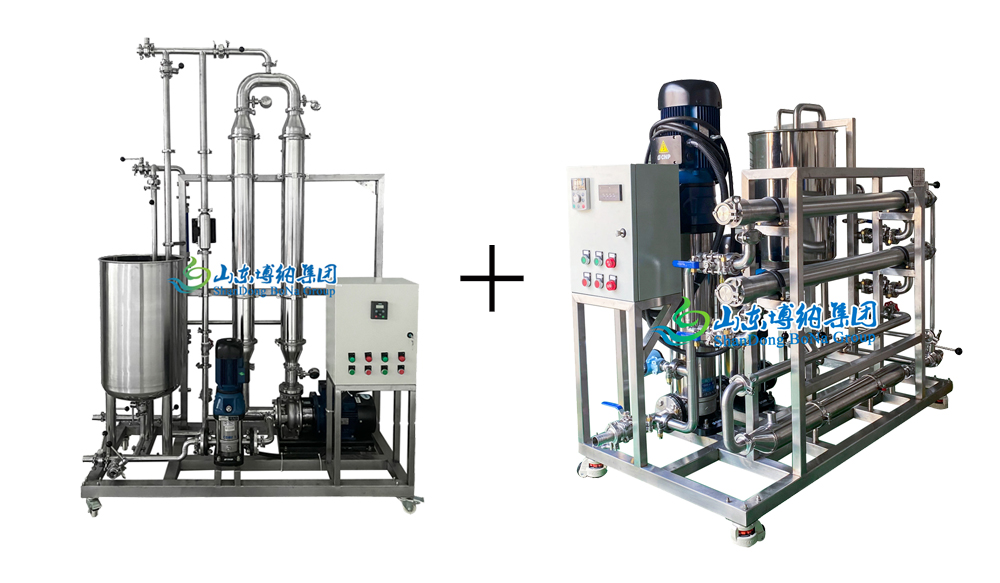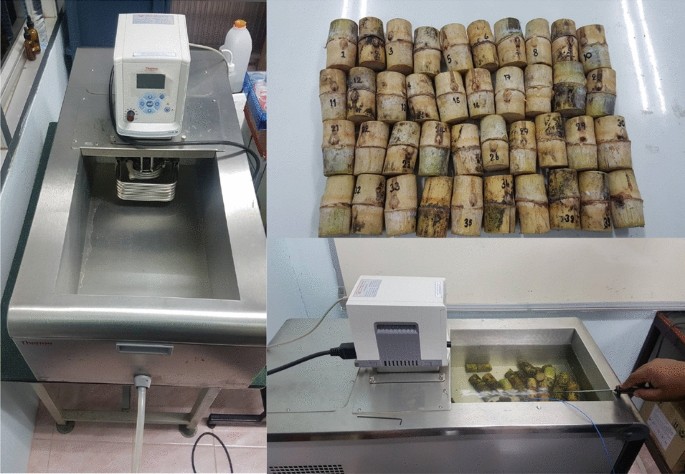Are Products From Sugarcane Truly Biodegradable?
Discover the Ingenious Advantages of Products From Sugarcane for Lasting Living
Sugarcane has arised as an essential source in the quest for sustainable living. Its varied applications cover biodegradable packaging, renewable resource, and much healthier food choices. As industries seek environmentally friendly alternatives, sugarcane's adaptability provides promising options. Nevertheless, truth possibility of sugarcane extends beyond its current uses. Exploring its innovative advantages might expose new paths toward a more sustainable future. What other opportunities might this impressive plant hold?

The Rise of Sugarcane as a Lasting Resource
As worldwide understanding of ecological issues expands, sugarcane has actually become a popular lasting resource. This flexible plant provides a variety of benefits that add to eco-friendly methods. Sugarcane is a renewable energy, with the ability of prospering in varied climates while taking in co2, thereby alleviating greenhouse gas exhausts. Its rapid development cycle permits constant harvesting, causing a continuous supply of raw material.Additionally, sugarcane farming often needs much less water compared to various other crops, making it an effective option in water-scarce regions. The byproducts of sugarcane, such as bagasse and molasses, can be repurposed for different applications, minimizing waste and promoting circular economic situation concepts. Improvements in farming techniques have actually led to more lasting farming techniques, additionally improving sugarcane's environmental account. As customers significantly look for sustainable options, sugarcane attracts attention as a viable option for those devoted to minimizing their environmental impact.
Eco-friendly Product Packaging Solutions
Exactly how can biodegradable packaging services transform the way customers come close to sustainability? By making use of sugarcane-based materials, these innovative solutions provide a compelling option to typical plastics. Biodegradable packaging made from sugarcane decomposes naturally, markedly decreasing landfill waste and greenhouse gas emissions. As customers become increasingly knowledgeable about their ecological influence, the demand for lasting packaging remains to rise.These sugarcane-derived products not only offer sensible objectives however also straighten with eco-conscious customer values. They offer a tangible method for people and companies to contribute to a circular economy, advertising resource performance and reducing ecological impacts. Additionally, as sectors adopt naturally degradable choices, they foster a culture of sustainability that reverberates with an expanding market looking for accountable choices.In significance, eco-friendly packaging solutions from sugarcane represent an important progression in lasting practices, encouraging consumers to make eco-friendly choices without sacrificing benefit or quality.
Renewable Energy Generation From Sugarcane
A substantial portion of renewable resource generation can be acquired from sugarcane, showcasing its versatility beyond typical agricultural uses. Sugarcane biomass, consisting of bagasse and leaves, is a potent source for bioenergy manufacturing. This biomass can be exchanged biofuels such as ethanol, which acts as a cleaner option to fossil gas. Furthermore, the burning of sugarcane byproducts creates heavy steam and power, providing an energy source for sugar mills and neighboring communities.The farming of sugarcane additionally contributes to carbon sequestration, as the plants absorb co2 throughout their growth cycle. By utilizing sugarcane for energy, waste is lessened, and sustainable practices are encouraged. This renewable resource approach not only supports energy requirements however also promotes rural growth, producing tasks in bioenergy industries. Generally, sugarcane stands out as a key player in the change to sustainable energy remedies, straightening with worldwide efforts to lower carbon impacts.

Eco-Friendly Textiles and Fabrics
Environmentally friendly textiles and fabrics stemmed from sugarcane offer an encouraging alternative to typical products. These eco-friendly options not only lower ecological impact but also offer durability and efficiency comparable to traditional materials. Lasting production procedures additionally improve their charm, making them an essential component of a sustainable way of living.
Biodegradable Fabric Alternatives
Why is the modification towards naturally degradable material options essential for sustainable living? The raising awareness of ecological deterioration has actually prompted a search for options to standard fabrics, which commonly add to pollution and waste. Biodegradable textiles, stemmed from sustainable sources such as sugarcane, offer an appealing solution. These materials break down normally, lowering garbage dump buildup and minimizing ecological impact. In addition, they can assist reduced carbon impacts and reliance on nonrenewable fuel sources. As consumers become a lot more eco-conscious, the demand for lasting fabrics grows, encouraging manufacturers to introduce and spend in biodegradable alternatives. This adjustment not just sustains lasting techniques but likewise promotes a circular economic climate, leading the way for a more responsible method to fashion and textile production.
Longevity and Efficiency
Longevity and efficiency are vital variables when reviewing eco-friendly fabrics and textiles. Sugarcane-derived products show outstanding strength and resilience, making them ideal for different applications. These textiles often show superior moisture-wicking residential or commercial properties, which enhance convenience in daily wear. Furthermore, their natural fibers contribute to breathability, guaranteeing that garments stay wearable and fresh also sought after conditions. The efficiency of sugarcane-based textiles encompasses their resistance to tear and put on, permitting items to preserve their integrity in time. Moreover, these environmentally friendly fabrics can be treated to improve UV defense and tarnish resistance, meeting the practical demands of consumers without endangering sustainability. Inevitably, sugarcane fabrics offer an unified balance of durability and performance, interesting environmentally aware people.
Sustainable Production Procedures
The remarkable resilience and performance of sugarcane-derived textiles are complemented by sustainable production processes that prioritize environmental responsibility. These procedures use renewable energies, minimizing dependence on nonrenewable fuel sources and reducing carbon impacts. By taking advantage of the spin-offs of sugarcane cultivation, producers can produce environment-friendly fabrics while advertising waste reduction. Advanced methods, such as water-efficient dyeing and biodegradable treatments, even more boost the sustainability of these textiles. Furthermore, the dig this usage of safe chemicals guarantees that the manufacturing process does not harm communities or human health. This commitment to sustainability not just attract eco conscious consumers however also sustains neighborhood economic climates by promoting sustainable farming practices. In general, sugarcane-derived fabrics stand for a significant step in the direction of a greener future in the fashion industry.
Sugarcane-Based Biofuels and Their Impact

Sugarcane-based biofuels have actually arised as a significant alternate energy source, using a sustainable remedy to the world's expanding power demands. These biofuels, originated from the fermentation of sugarcane juice or molasses, present a more lasting alternative contrasted to fossil gas. Their manufacturing procedure creates lower greenhouse gas exhausts, adding to environment modification reduction efforts.Additionally, sugarcane biofuels can improve power security by expanding power sources and minimizing reliance on imported oil. The growing of sugarcane additionally promotes country growth, creating work and stimulating regional economies.However, worries concerning land usage and food competition continue, as raised biofuel manufacturing might impact food supply chains. Lasting agricultural practices are important to stabilizing these making sure and contending passions that biofuel manufacturing does not undermine food security. On the whole, sugarcane-based biofuels stand for an encouraging method for a greener power future, supplied that their social and environmental implications are thoroughly managed.
Healthier Alternatives: Sugarcane in Food Products
While several customers seek much healthier choices in their diets, sugarcane items provide a nutritious alternative to refined sugars and sweetening agents. Stemmed from the all-natural extraction of sugarcane juice, these items keep important nutrients, including minerals and vitamins, that are commonly shed in refined sugars. Sugarcane contains antioxidants and dietary fiber, adding to total health and wellness and wellness.Many health-conscious individuals are turning to sugarcane syrup and jaggery, which offer a reduced glycemic index contrasted to conventional sugars, making them suitable for those taking care of blood sugar levels. Additionally, sugarcane-derived sweeteners can boost the taste of different recipes without the unfavorable impacts associated with fabricated additives.This change in the direction of all-natural sweetening representatives not just advertises much better nutritional options yet additionally lines up with lasting living methods, as sugarcane is a renewable energy. As a result, sugarcane items are emerging as favorable alternatives in the domain name of foodstuff.
The Future of Sugarcane in Sustainable Innovations
The future of sugarcane is poised to encompass innovative applications that expand past typical uses. Its potential as a source for naturally degradable packaging remedies and sustainable power resources highlights its function in sustainable practices. Discovering these innovations can significantly affect ecological conservation and source management.
Biodegradable Product Packaging Solutions
An increasing variety of companies are turning to naturally degradable packaging solutions originated from sugarcane as a promising option to typical plastics. These ingenious materials, commonly made from sugarcane fibers and bioplastics, decay normally, decreasing the resilient ecological impact connected with conventional plastic waste. By using eco-friendly sources, sugarcane-based packaging contributes to a more lasting manufacturing cycle, straightening with global initiatives to deal with contamination and climate adjustment. In addition, these options typically preserve the toughness and functionality needed for various applications, from food containers to delivery products. As consumer demand for green choices grows, companies embracing sugarcane packaging not only improve their brand photo however likewise play a pivotal function in fostering a circular economy, leading the way for a greener future.
Renewable Resource Resources
Eco-friendly product packaging solutions are just one element of the more comprehensive potential of sugarcane in advertising sustainability. An additional substantial application lies in eco-friendly power sources. Sugarcane is a versatile plant that can be utilized to generate biofuels, such as ethanol, which offers as a cleaner choice to nonrenewable fuel sources. The fermentation process of sugarcane juice yields ethanol that can power cars and generate electrical power. Additionally, the by-products of sugarcane processing, like bagasse, can be used to generate biomass power, using a reliable and sustainable approach to harness energy. This dual function as both a resource of biofuel and biomass underscores sugarcane's possibility in reducing carbon discharges and supporting a change to a much more lasting energy landscape in the future.
Regularly Asked Inquiries
Just How Is Sugarcane Harvested Sustainably?
Sugarcane useful site harvesting can be sustainable via methods like manual cutting, which reduces dirt disturbance, and using machinery that lowers fuel intake (Products From Sugarcane). Crop rotation and incorporated insect monitoring better improve ecological health and advertise long-term soil fertility
What Are the Environmental Impacts of Sugarcane Farming?

Can Sugarcane Products Be Reused?
The question of whether sugarcane products can be recycled reveals a positive outlook. Lots of sugarcane-derived materials, such as bioplastics and packaging, are developed for recyclability, adding to an extra lasting waste management technique check out here within environmental considerations.
Are There Any Kind Of Disadvantages to Utilizing Sugarcane-Based Products?
The drawbacks of making use of sugarcane-based products consist of possible land use competitors with food crops, difficulties in large production, and worries regarding the ecological influence of monoculture farming methods, which can reduce biodiversity and dirt wellness.
How Does Sugarcane Growing Affect Resident Communities?
Sugarcane growing impacts local communities by giving job opportunity and boosting neighborhood economies. It can likewise lead to land conflicts and ecological issues, affecting agricultural techniques and neighborhood wellness, demanding a balanced approach to development. Advancements in farming methods have actually led to even more lasting farming methods, better boosting sugarcane's environmental profile. Additionally, the burning of sugarcane results generates vapor and electrical power, offering a power source for sugar mills and nearby communities.The growing of sugarcane likewise contributes to carbon sequestration, as the plants soak up carbon dioxide throughout their development cycle. By using sugarcane for power, waste is minimized, and lasting methods are motivated - Products From Sugarcane. Sugarcane consists of antioxidants and nutritional fiber, contributing to overall wellness and wellness.Many health-conscious individuals are turning to sugarcane syrup and jaggery, which supply a reduced glycemic index compared to standard sugars, making them suitable for those managing blood sugar degrees. In addition, the by-products of sugarcane processing, like bagasse, can be made use of to generate biomass energy, offering a effective and sustainable technique to harness power